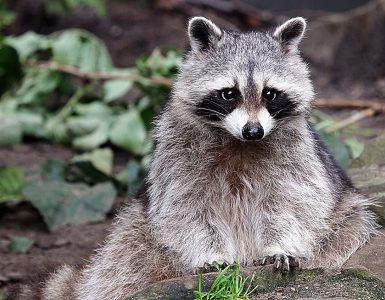CHILE’S VILLARRICA NATIONAL PARK—As a motley medley of mycologists climbed the basalt slopes of the Lanín volcano earlier this year, the green foliage at lower elevations gave way to autumnal golds and reds. Chile’s famed Araucaria—commonly called monkey puzzle trees—soon appeared, their spiny branches curving jauntily upward like so many cats’ tails.
Beneath the majestic trees, the scientists were focused on something far less glamorous—indeed, mostly invisible: mycorrhizal fungi, tiny organisms that intertwine with roots of the Araucaria and nearly all the other plants in this forest. The multinational research team had come to collect soil samples they hoped would, with help from DNA testing, reveal exactly which fungi live here, and how they support this complex assemblage of flora. By the end of an exhausting day that included bushwhacking through heavy brush, the fungi hunters had filled seven small plastic sacks with dirt from different locations. “I wouldn’t be surprised if there are 100 undescribed species” of fungi in each bag, said mycologist Giuliana Furci, founder of the Chilean nonprofit Fungi Foundation and one of the expedition leaders.
The April ascent was also a road test of sorts: the first of many surveys that the Society for the Protection of Underground Networks (SPUN), a new fungus-focused nonprofit, hopes to conduct. It has raised some $3.5 million for an ambitious effort to map the global distribution of mycorrhizal fungi, which can create subterranean networks that are thought to play a key, but often overlooked, role in shaping ecosystems.
“Up to 50% of the living biomass of soils are these networks,” says ecologist Toby Kiers of VU Amsterdam, a co-founder of SPUN and one of the leaders of the Chile expedition. “We have to figure out where they are and what they’re doing.”
SPUN’s approach is bold—even bombastic. The project launched last fall with a media-savvy campaign, including slick videos, arguing that society must do more to study and protect fungi to safeguard biodiversity and curb climate change. SPUN researchers describe themselves as “myconauts” heading into the unknown. They wear customized blue jumpsuits emblazoned with “PROTECT THE UNDERGROUND” for publicity photos and when working in the field. (“I really love jumpsuits,” Kiers says.) A documentary video crew followed SPUN scientists on their first expedition, into Chile. Celebrities such as primatologist Jane Goodall and best-selling author Michael Pollan have signed on as SPUN advisers.
Some researchers, however, harbor doubts that SPUN’s mapping effort will have much practical impact, noting that conservationists are already protecting forests and other ecosystems that harbor fungi and store planet-warming carbon. Others question whether the surveys will appreciably add to what scientists already know, in part because SPUN is only studying one segment of the fungal community: those that form associations with plant roots.
Mapping “a single class of microorganism seems to me too limited to come to an understanding of the big picture,” says Heribert Hirt, a plant scientist at the King Abdullah University of Science and Technology. “I am rather skeptical that we will really learn a lot from this big science project.”
But SPUN’s effort to make soil fungi more visible is being welcomed by most mycologists, who often feel as overlooked as the organisms they study. “I don’t think anything like this has ever happened before,” says Kabir Peay, a mycologist at Stanford University who advises SPUN. “It’s amazing there are philanthropists that have the vision and interest to support this type of activity.”
Read more at Science.org





